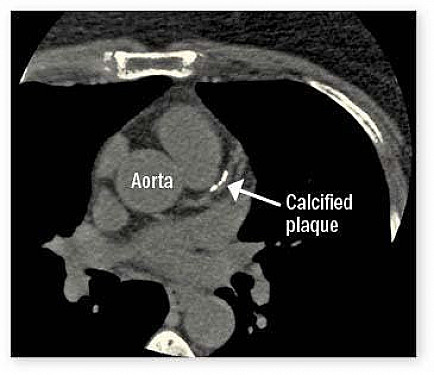Reducing vertigo symptoms
Vertigo is common in older adults, and it can lead to balance problems and falls, which can result in fractures, immobility, and death. The most common form of vertigo is benign paroxysmal positional vertigo (BPPV).
Inside the ear are three tiny canals that help us recognize the position of our body in space, which help us maintain balance. BPPV happens when tiny crystals in the inner ear become dislodged and bang around inside the canals. Simply looking up or rolling over in bed can dislodge crystals and cause brief bouts of extreme dizziness, including a sensation of spinning. A physical therapist can guide you through a number of exercises to reposition the loose crystals and reduce the symptoms of vertigo.
To continue reading this article, you must log in.
Subscribe to Harvard Health Online Plus (HHO+) to unlock expert-backed health insights, personalized tools, and exclusive resources to feel your best every day.
Here’s what you get with your HHO+ membership:
- Unlimited access to all Harvard Health Online content
- 4 expertly curated newsletters delivered monthly
- Customized website experience aligned to your health goals
- In-depth health guides on topics like sleep, exercise, and more
- Interactive features like videos and quizzes
- Members-only access to exclusive articles and resources
I’d like to subscribe to HHO+ for $4.99/month to access expert-backed content to help make smart, informed decisions about my well-being.
Sign Me UpAlready a member? Login ».
Disclaimer:
As a service to our readers, Harvard Health Publishing provides access to our library of archived content. Please note the date of last review or update on all articles.
No content on this site, regardless of date, should ever be used as a substitute for direct medical advice from your doctor or other qualified clinician.















